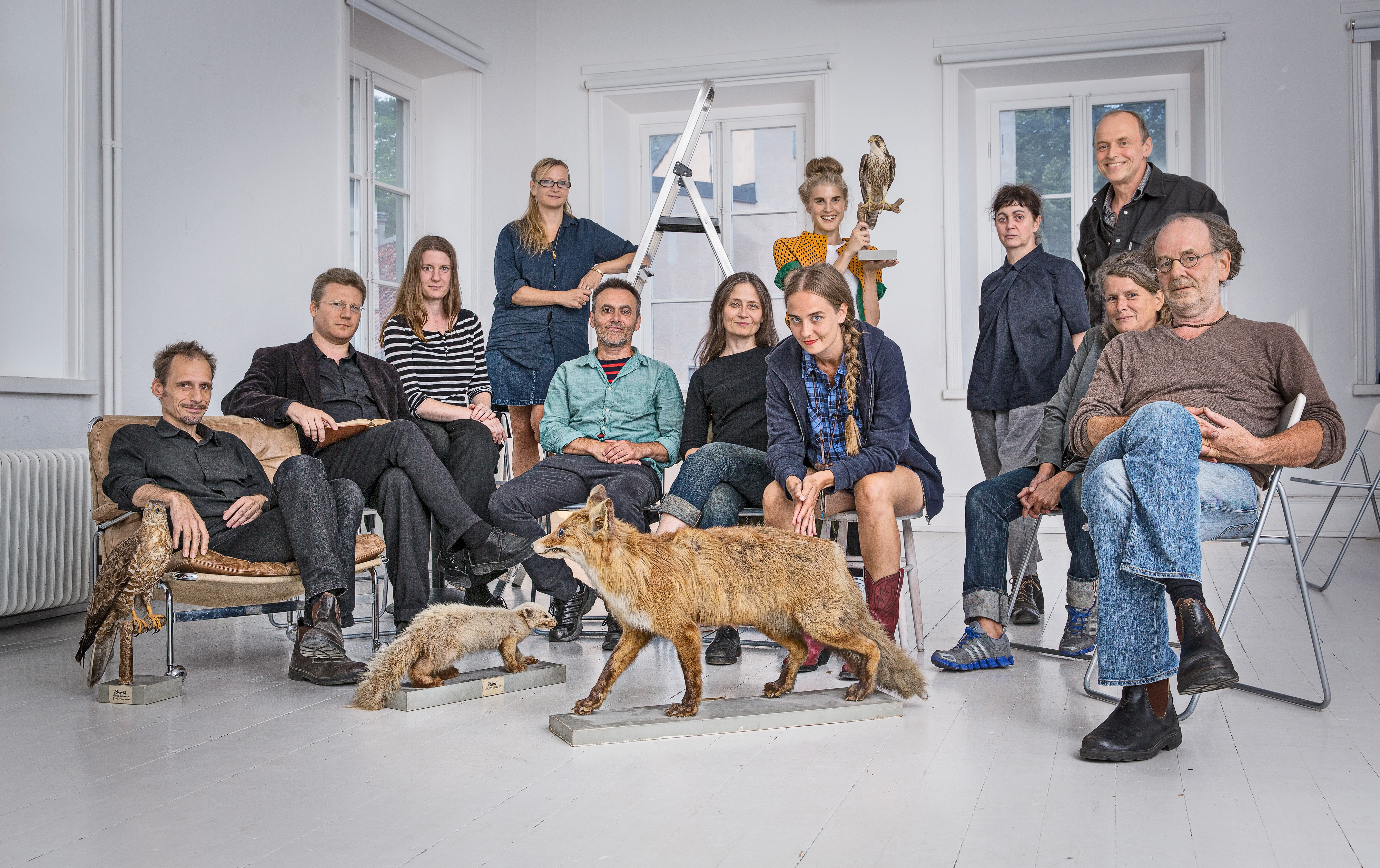Raketa Institute is pleased to announce the exhibition THERE IS A VISITOR # 13 at the State Darwin Museum part of The 5th Moscow Biennale of Contemporary art Special projects.
September 20 – October 20, 2013
Opening Reception: September 20
Seminar/round table: October 17-18
water on the left, city on the right
a tree, a mountain, an ocean.
where is the highest point?
nature, how could I tell you, so you would understand?
fill in *
can we ever enter the past or the future?
was it a dream? was it a memory?
a museum, which runs in all directions:
there is a visitor *
but one we do not expect, one we do not invite
one which goes where we wish them not to go
does things we do not expect.
The museum and the nature that surrounds it act as a model and starting point for an exploration as well as a discussion on the significance of public space; making place for talks and discussions of the continuous development of democracy – in theory
and in practice.
In early spring 2006 Raketa made a documentation of the Biological Museum in Uppsala, Sweden. The documentation raised many questions concerning the identity of a museum containing a collection of the surrounding natural habitat. In what ways can the museum be a possible forum for discussing issues about nature, the global environment, politics, ethics, right of common, art, biology, philosophy, utopias and our common cultural heritage?
This became the starting point and take-off for There is a Visitor # 13, a project together with State Darwin Museum in Moscow. The museum was founded in 1907 as part of the Moscow Higher Female Courses (MHFC). The museum holds a very large collection, an extensive archive and a great research library. One of the museum’s four founders was an artist and the museum also own a large collection of art. It’s the first time the museum makes an exhibition of this kind: artists based their work upon the museum collection, comments and starts a talk concerning a museum and it’s content and context.
The project has many inputs – but one is the need to communicate and to perceive the threats to biodiversity that exists but can not be seen – perhaps this is where a meeting between art, nature and science is important?
* footnotes in the State Darwin Museum
* fill in your story – start here :
Curator: r a k e t a
Co-curators: Anna Linder & Martin Schibli
Including artists Nils Agdler, Conny Blom, Jon Brunberg, Jens Comén, Jakob Eklund, Markus Ernehed, Mikael Granlöf, Helena Granström, Ann Korzhova, Elin Magnusson, Timo Menke, Magnus Petersson, Dmitri Plax, Benjamin Quigley, Helene Ringberg, Anastasia Ryabova, Imri Sandström, Alex Shiriaieff, Susanne Skog, Mattias Sköld, Bryndís Snæbjörnsdóttir, Anders Widoff, Mark Wilson, Evgeny Yufit. JacStudios: Johan Carlsson, Georg Jagunov. 70°N: Magdalena Haggärde, Gisle Løkken, Berit Steenstrup. OEI: Cecilia Grönberg, Jonas (J) Magnusson. Raketa Institute: Cecilia Enberg, Åsa Lipka Falck, Camilla Schlyter Gezelius, Jann Lipka, Karin Lundgren Tallinger, Veronica Wiman.
–
With support from: Swedish Arts Council, Helge Ax:son Johnsons Foundation, Icelandic Art Center, University of Cumbria and The Embassy of Sweden in Moscow.
Organizers: r a k e t a @ The State Darwin Museum
Seminar/round table: October 9-10:
www.visitors.nu – release Sept, 20.
Venue: The State Darwin Museum
Address: 57/1 Vavilova st. / www.darwin.museum.ru
Contact phone number:
+007 499 763 2253 (admin.) +007 499 132 0202 (int. relations)
The nearest metro station: Akademicheskaya
–
r a k e t a is running interdisciplinary, collaborative projects
and experiments within art, design, architecture and digital media.
www.raketa.nu – www.visitors.nu – www.darwin.museum.ru
with the warmest thanks to the little river !





